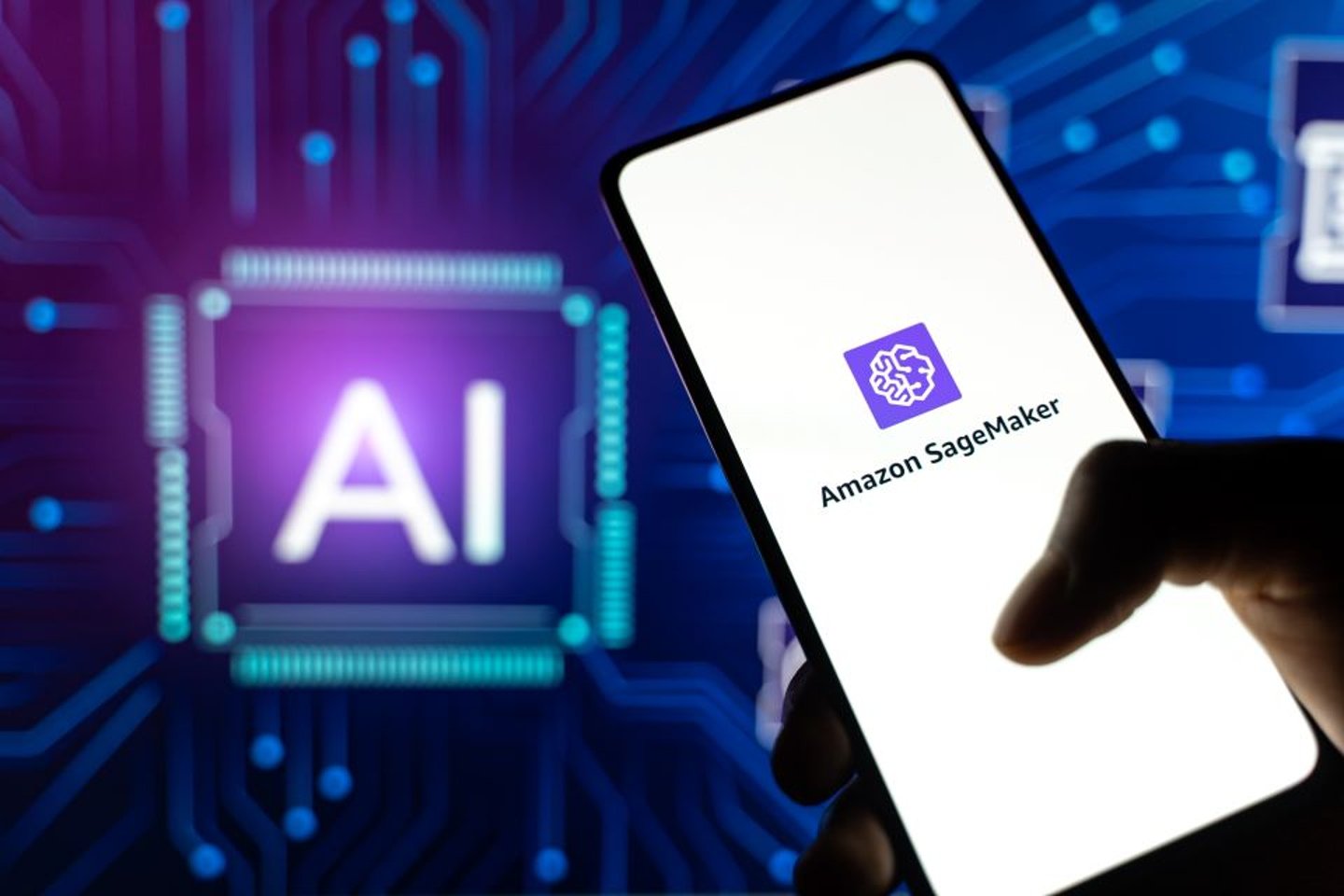Where Amazon Sees The Future of Gen AI IT Investments
Andy Jassy, CEO, on Amazon’s AI Growth
“All of our significant businesses are working on generative AI applications to transform their customer experiences.
There are too many for me to name on this call, but a few examples include… in our stores business, we're using generative AI to help people better discover products they want and more easily access the information needed to make decisions.
We use generative AI models to forecast inventory we need in our various locations and to derive optimal last mile transportation routes for drivers to employ.
We're also making it much easier for our third-party sellers to create new product pages by entering much less information and letting the models do the rest.”
Amazon has put the power of generative AI tech development into the hands of companies, giving the marketplace enterprise a unique view to IT investment trends and the future of AI. Leadership recently shared its take on gen AI growth during a recent call with investors.
The company’s generative AI business model is growing “very, very quickly,” according to CFO, Brian Olsavsky, but it’s the insights garnered from companies that are tapping into the AWS-powered gen AI builder that’s the real indicator of use case expansion among CPGs and retailers.
Adidas and Traeger Grills, for example, are two companies leaning into natural language processing abilities and visualization capabilities, leveraging the app builder to tailor gen AI functions to their specific enterprise needs.
What do these investments say about overarching AI trends? While the industry is seeing a surge in adoption, Olsavsky emphasizes that we’re still in the “relatively early stages,” much like with cloud computing and storage.
“I think cloud is early,” he said. “If you think about 90%-plus of the global IT spend being on-premises…I think that equation is going to flip in 10 years. With that lens on, I still think we're very early in generative AI.”
The tech is largely in a test-and-learn phase, and Olsavsky said many companies are figuring out that large AI models end up being cost prohibitive, and delays due to data pool size can impact efficiency as well.
“Customers are experimenting with lots of different types of models and different model sizes to get the cost and latency characteristics that they need for different use cases,” he said.
[Read more: HanesBrands Leveraging Gen AI in Supply Chain Optimization Efforts]
CEO Andy Jassy is seeing much of the same, with complications emerging as companies seek to use AI ethically and safely, and with learning curves ranging widely across organizations.
“It’s still it's complicated to actually figure out which models you want to work, you want to use, and how you actually want to employ them — and trying to make sure you have the right results…and you end up with a cost structure and a customer experience that you want,” said Jassy. “There's a certain number of customers who have very deep AI expert practitioners, but most companies don't.”
As a result of these wide gaps in knowledge, and a hesitation to go big on gen AI without having a firm grasp of what the ROI could be, 2024 investments in the space will likely focus on optimization of existing efforts, rather than overhauls.
Jassy said a lot of optimization happened in 2023, but got stalled because companies were being more conservative with their spending amid the volatile economic climate.
“And so, I think that what you'll see increasingly is that companies will both go back to those transformations they were planning on making, and working with a lot of systems integrator partners…to see the production in large scale of the generative AI applications that they're all working on and prototyping and starting to deploy into production,” Jassy added.
Growth in this space might seem explosive, but these efforts likely won’t take full shape over a “one-year deal,” he emphasized.
“I think that's going to be a several-year trajectory,” said Jassy. “You're going to see a lot of companies not just looking at the new generative AI workloads,” but also new customer transformations where companies move from being on-premises to the cloud.
- More on Gen AI Industry Impact
In retail and consumer packaged goods, the potential impact is $400 billion to $660 billion a year. — McKinsey & Company
“As we think about retail data becoming much more complex — and the need for better integration of data resources, and collaborating around first-party data — AI can improve a lot of ways that those programs come to market and also how they're built on the back end.” — Elizabeth Lafontaine, EIQ Chief Retail Analyst
When it comes to strategizing on core tech spending, “probably 60% of the big [CPG] players are integrating technology, data, and, increasingly, science into their planning. Our assumption is that number will steadily rise.” This includes data and analytics, accelerated by generative AI, he says. — Oliver Wright, Global Lead for Consumer Goods at Accenture
60% of B2B seller work will be executed through conversational user interfaces via generative AI sales technologies within five years. (For some context: Less than 5% of this work was executed in similar fashion this year.) — Gartner






